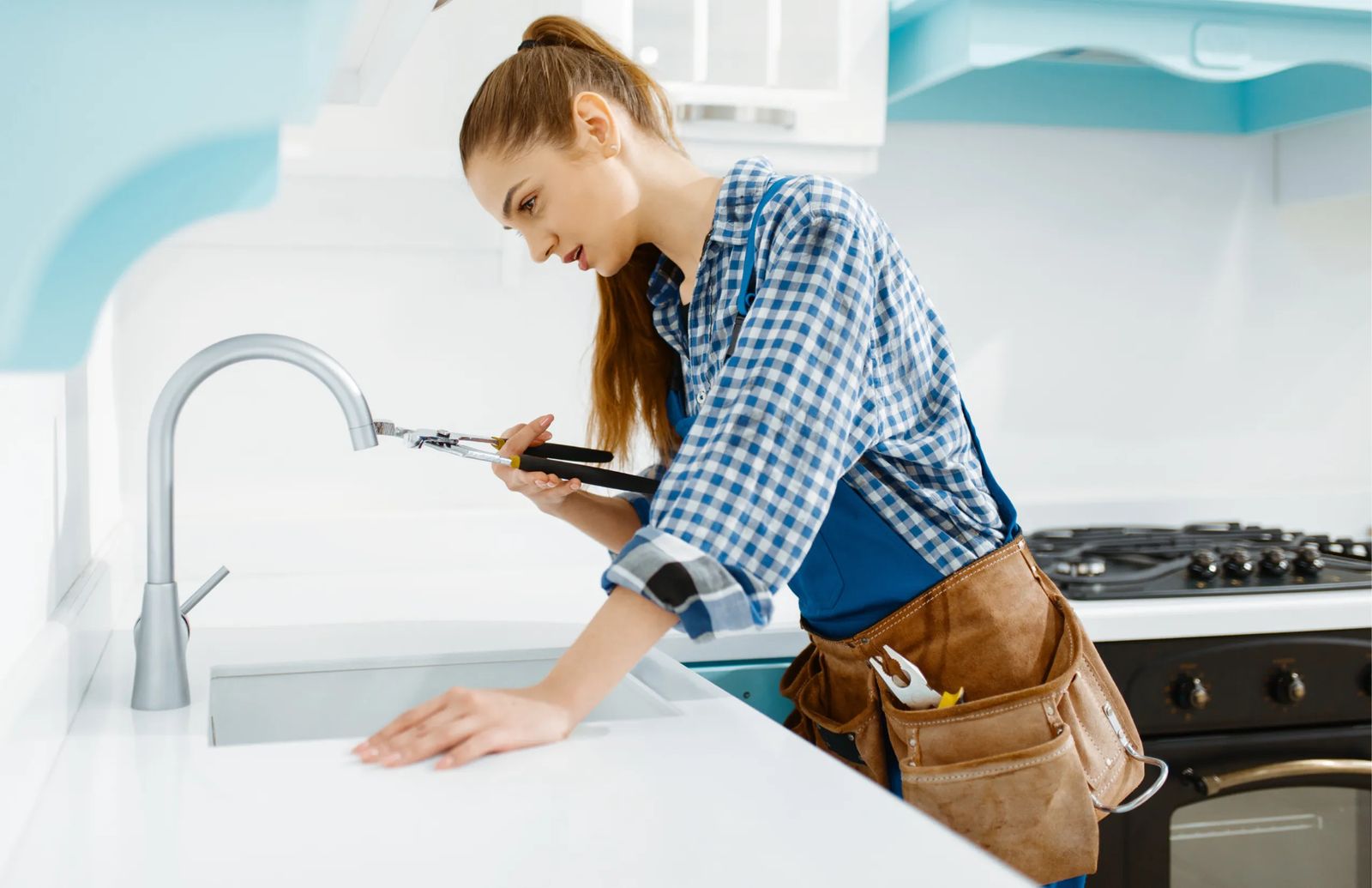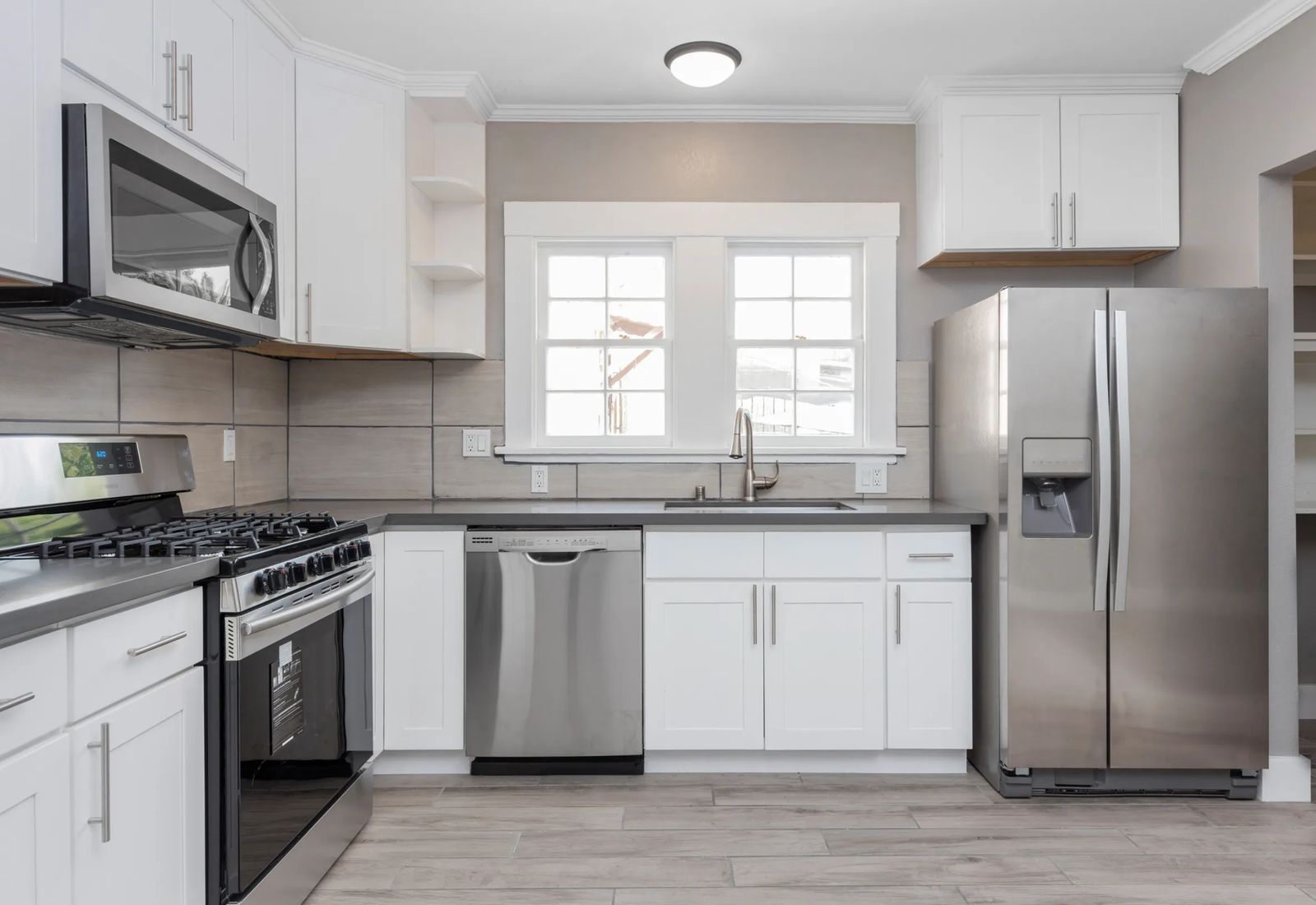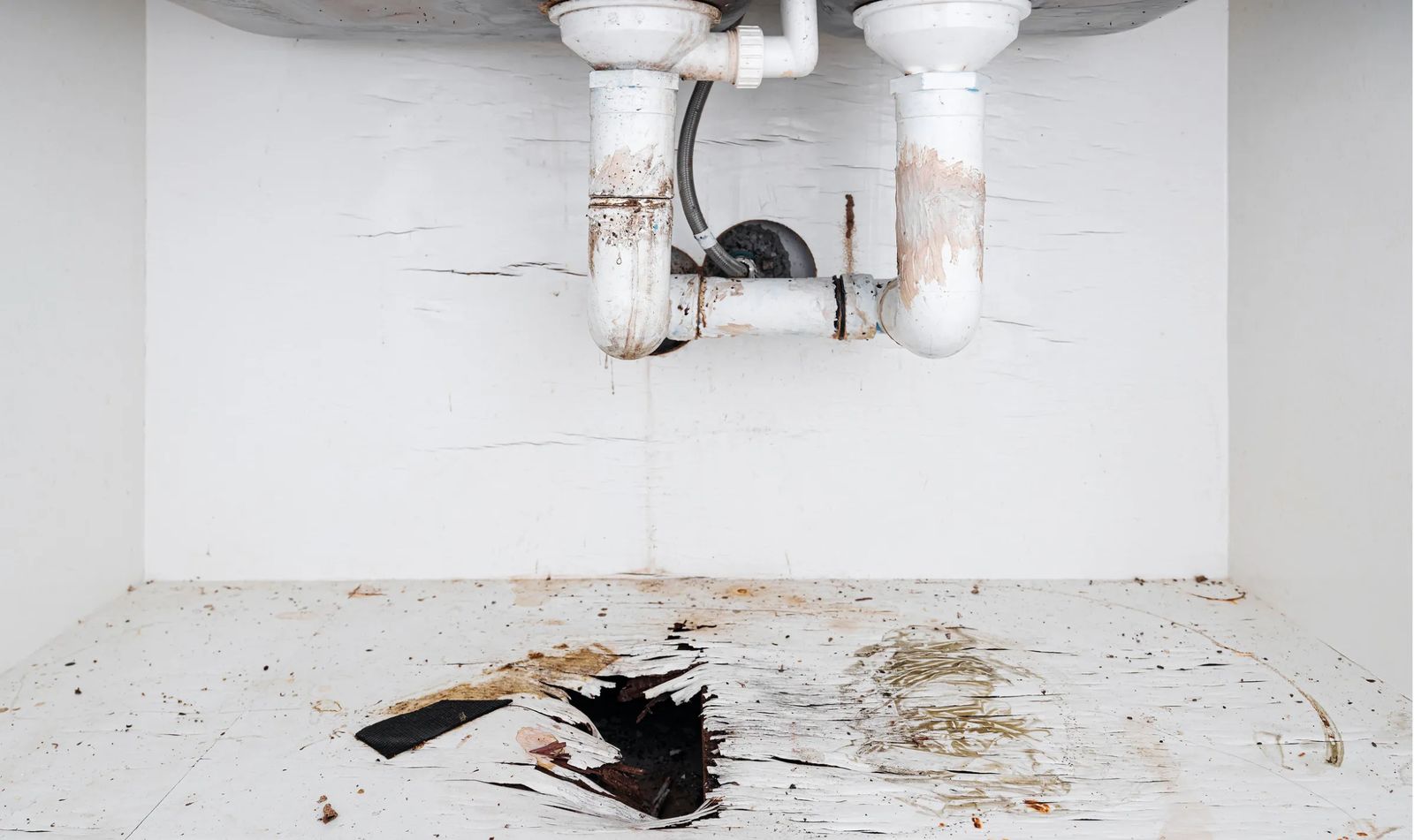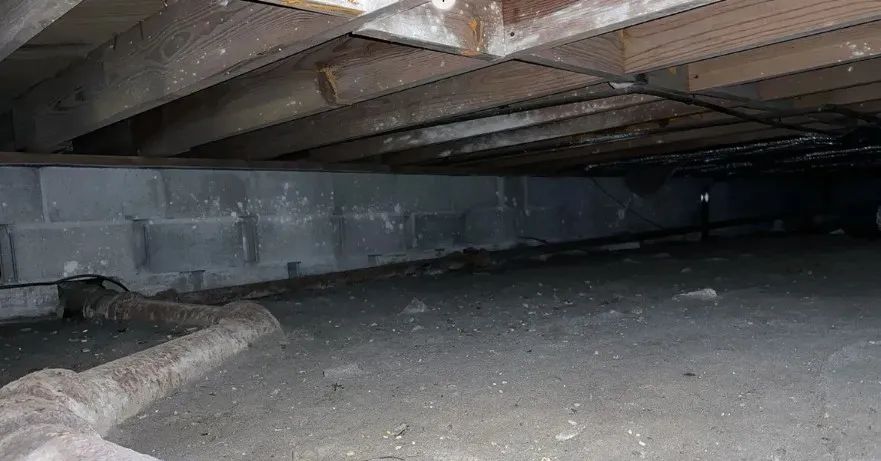
Slow Leaks Can Be A Big Problem
Check your home as a part of regular maintenance
Nic Wackerly | Newman Restoration & Cleaning
Checking your home for slow leaks needs to be a part of a homeowner’s routine. This can catch water damage before it turns into a much larger issue. Slow leaks will develop microbial growth and often deteriorate building materials, resulting in significant repairs. They can also turn into sudden ruptures. Team Newman has a few recommendations for common sources for slow leaks.

Kitchen Appliances - one of the most common sources of a slow water leak is the dishwashing machine. Water will leak and pool underneath the dishwasher and soak into the floor and nearby cabinets and drywall. In many cases, a dishwasher leak is not detected until the flooring is warping or bubbling and develops a stench. You can be proactive and check under the dishwasher after it has run and look for any water. Along with dishwashers, refrigerators and ice makers can develop slow leaks. It is imperative to check underneath them once a week to look for standing water.
Exterior Walls – Snowmelt or heavy rain can enter a home near the foundation. Water will follow the path of least resistance, which can often be a foundation crack. Check the exterior walls of your home to see if any water has built up in carpets, flooring or unfinished areas of the basement. Water entering the home through the foundation can also warp drywall and create microbial growth on trim pieces.

Under and Around Sinks – Sinks are another common source of a slow leak. Water can drip into cabinets and vanities below sinks and will absorb water. Plumbing underneath a sink can loosen or fail over time, resulting in water damage. These areas are a common spot to find microbial growth from a slow water leak. Regularly check around and underneath sinks to detect water damage.
Toilets – The toilet supply line is another source of slow water leaks. If the plumbing into the toilet is not properly attached, water can drip onto the bathroom floor and become a source for microbial growth. This water can penetrate drywall, trim and underneath flooring. After a toilet runs, check along the supply line and ensure there is no moisture build up around the toilet. In addition to the supply line, wax rings of a toilet are another common point of failure. Water can leak from underneath the toilet into the flooring or ceiling below.

Ceilings and Attics – Ice dams are a common occurrence in the winter time. An ice dam can create a slow water leak into the home through the roof and into the ceiling. Regularly inspect ceilings for any signs of paint bubbles. If it is safe to do so, check the attic and see if any moisture is impacting insulation or framing materials.
Crawl Spaces – The crawl space of a home is susceptible to slow leaks and water damage. Ground water can enter a crawl space and also enter via a foundation crack. Water lines in a crawlspace are vulnerable to cracks and leaks. This can create an opportunity for microbial growth to occur. If it is safe to do so, regularly check the crawl space for water and waterdamage.
Humidifiers or Water Purification Systems – These water systems, often found in the basement of a home can be a source of water damage. It is good to ensure the proper maintenance is followed for humidifiers and water purification systems. Check around these systems to ensure they are not leaking.
Concerned About Slow Leaks?
If you are concerned or your home is vulnerable to slow leaks, invest in water detection equipment. Moisture meters and thermal cameras can help detect water in building materials that is not visible to the naked eye.
Secondly, understand your insurance coverage. In many policies, slow leaks will not be covered or may only be covered from specific sources. It is important to know where your gaps in coverage are and to increase coverage to increase your peace of mind.









